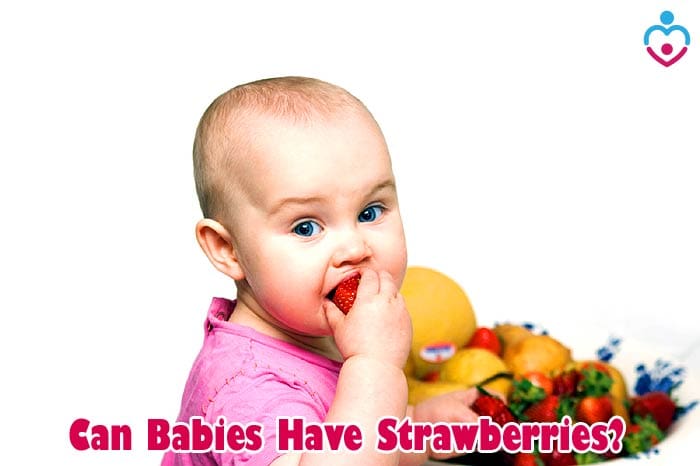
Introducing your baby to new fruits and vegetables can be an exciting phase for both of you. But it is essential to introduce each food when your little one is ready for it.
Otherwise, they might not be able to digest it well. In some extreme cases, they could even develop severe side effects. One of the tricky fruits you need to be careful is strawberries. You will want to give your baby strawberries as they are rich in vitamin C, and they are excellent antioxidants.
However, when to give your little one these delicious fruits?
Can Babies Have Strawberries?
Your baby can eat strawberries in smoothies and purees, starting between 4 and 6 months of age. However, you should only give them strawberries in chunks after they can chew their food, which usually happens once, they are 6 months or older.
Once we established this crucial general rule, let's look at the details that you have to consider!
1. No Strawberry Chunks
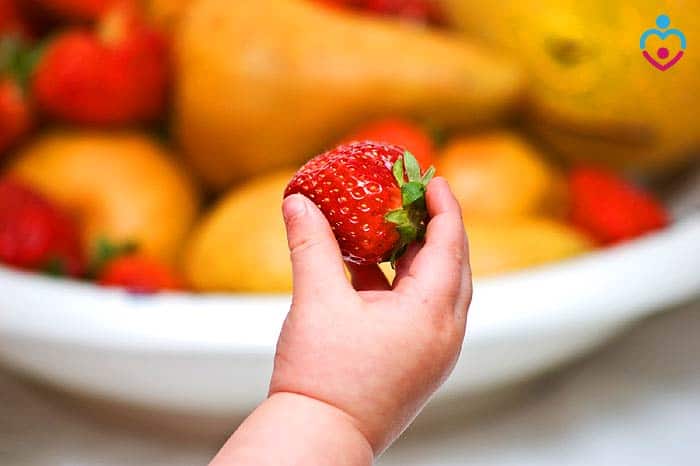
It is vital to introduce strawberries with caution.
- You shouldn't feed your baby chunks of strawberries before 6 months because they present a choking hazard.
- This means that you will have to add a small quantity to one of your baby's pures.
- If your baby likes it and they don't develop any side effects from strawberries or any skin reaction, you can continue to give them this fruit.
Here is the nice video tutorial on how to cut strawberries for baby.
2. Watch out for reactions

On the other hand, if you notice a reaction, you might want to skip feeding them strawberries and try it again in one month.
- Sometimes, babies are not developed enough to properly process these fruits.
- This doesn't mean that they can't have strawberries altogether but rather that the timing is not the right one.
3. Baby Strawberry Allergy

Strawberries are not as allergic as dairy products, eggs, peanuts, or fish.
- However, they can still generate a mouth reaction in your baby if they are not ready to eat have these berries in their diet.
- Your baby might develop a mild or severe rash around the area of their mouth.
- This risk is present for any berries, citrus fruits as well as other acidic foods like tomatoes.
- This type of rash is a common reaction to acidic foods, and doctors don't consider it a classic allergy.
The general symptoms of a strawberry allergy are identical in babies, children, and adults.
- If babies have strawberry allergies, their immature immune system will release more histamines than the body can handle.
- As a result, wherever the strawberry is in contact with the baby's body, these symptoms could show up: Hives on the skin, swelling in the tongue, face, lips, or throat. The next layer of symptoms includes stomach cramping, diarrhea, or vomiting.
- In severe cases, babies could have breathing difficulties (Anaphylaxis) - a life-threatening allergic reaction.
4. Mixing Strawberries with Other Fruits
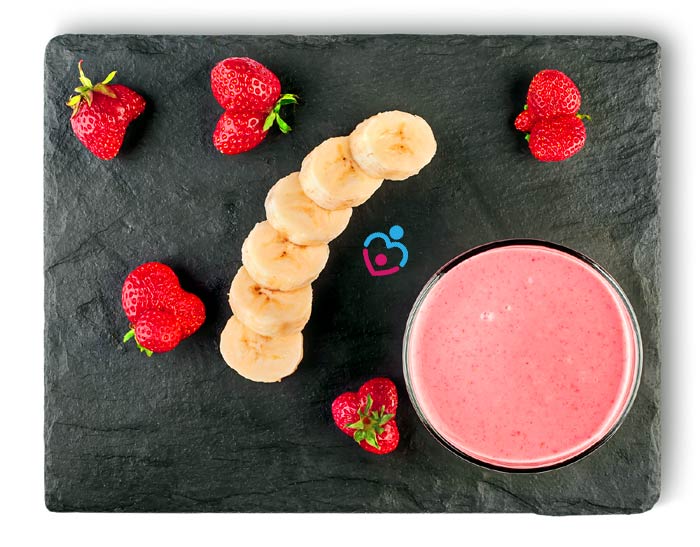
If you are wondering how you can mix strawberries with other foods, you should know that they go great with bananas.
- Add 1 cup of strawberries to 1 banana in your blender and use any form of milk to create a delicious smoothie for your little one!
- Make sure you wash the berries thoroughly and try to find organic ones for your baby's health. If you can remove the seeds, it is even better.
- But if you don't, they will pass through your baby's stool without creating any digestive discomfort for them.
Strawberries are delicious and very nutritious, so your little one will definitely learn to like them. Don't be disappointed if they are not thrilled about them at first.
Due to their high acidity level, not all babies like them from the beginning, but over time they will ask you for their favorite strawberries snack.
![]()
Key References
- "EWG's 2020 Shopper's Guide to Pesticides in Produce | Strawberries". Accessed April 30, 2020. Link.
- "Introducing Highly Allergenic Solid Foods" - AAAAI.org. Accessed April 30, 2020. Link.
- "Anaphylactic reactions to cherries, strawberries, and grapes". Accessed April 30, 2020. Link.


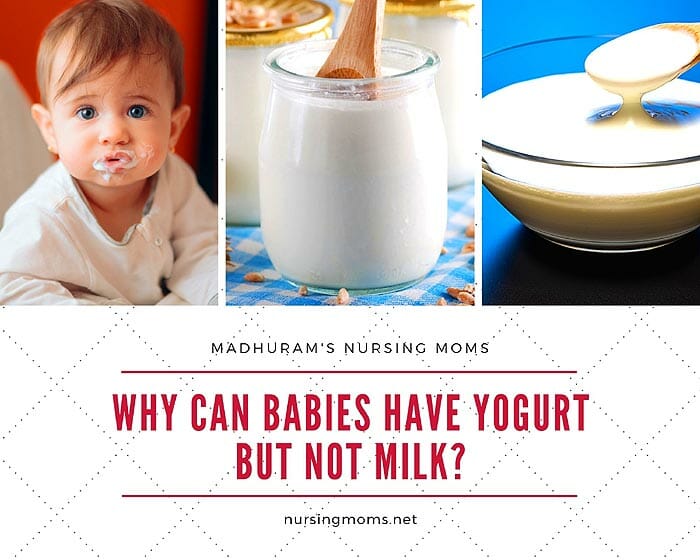


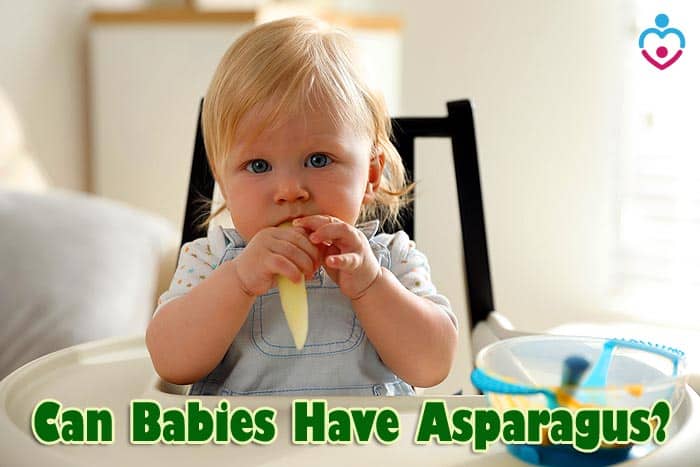

Leave a Reply